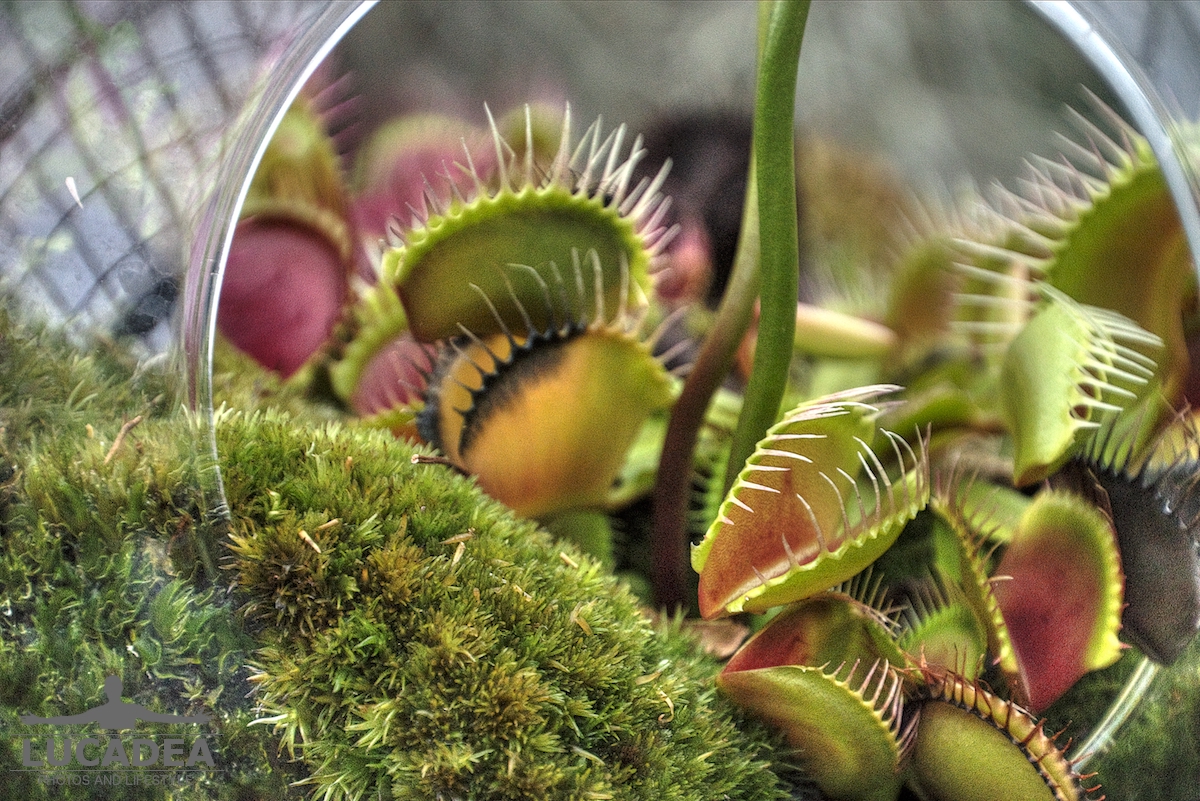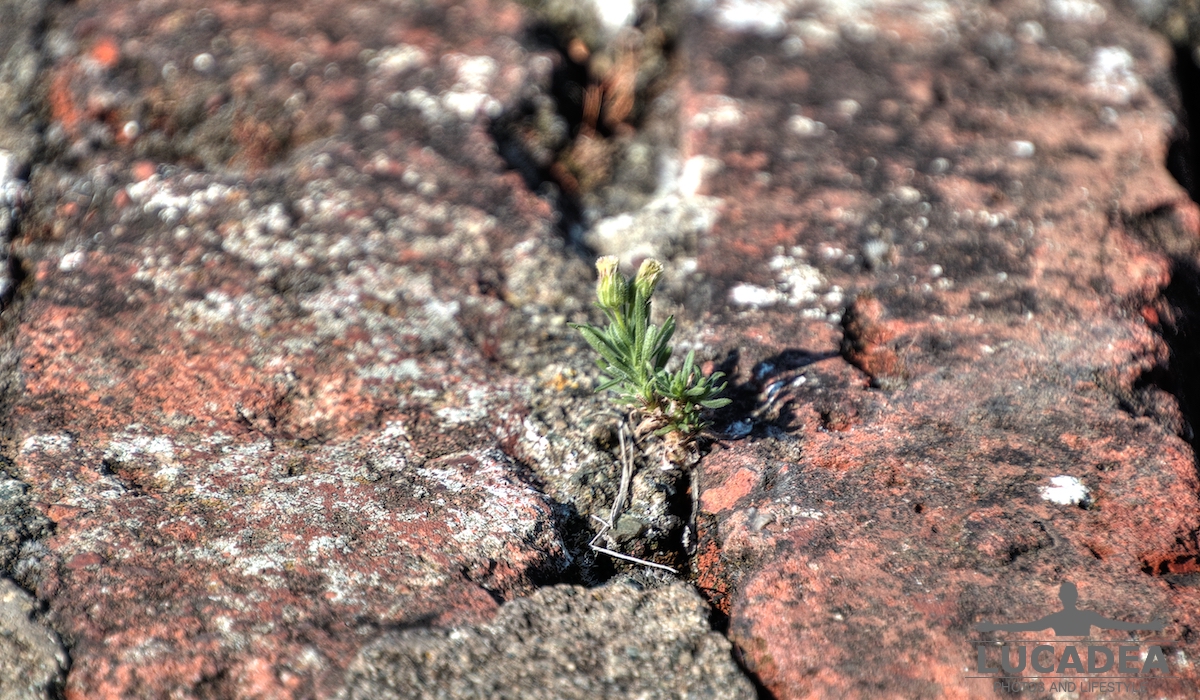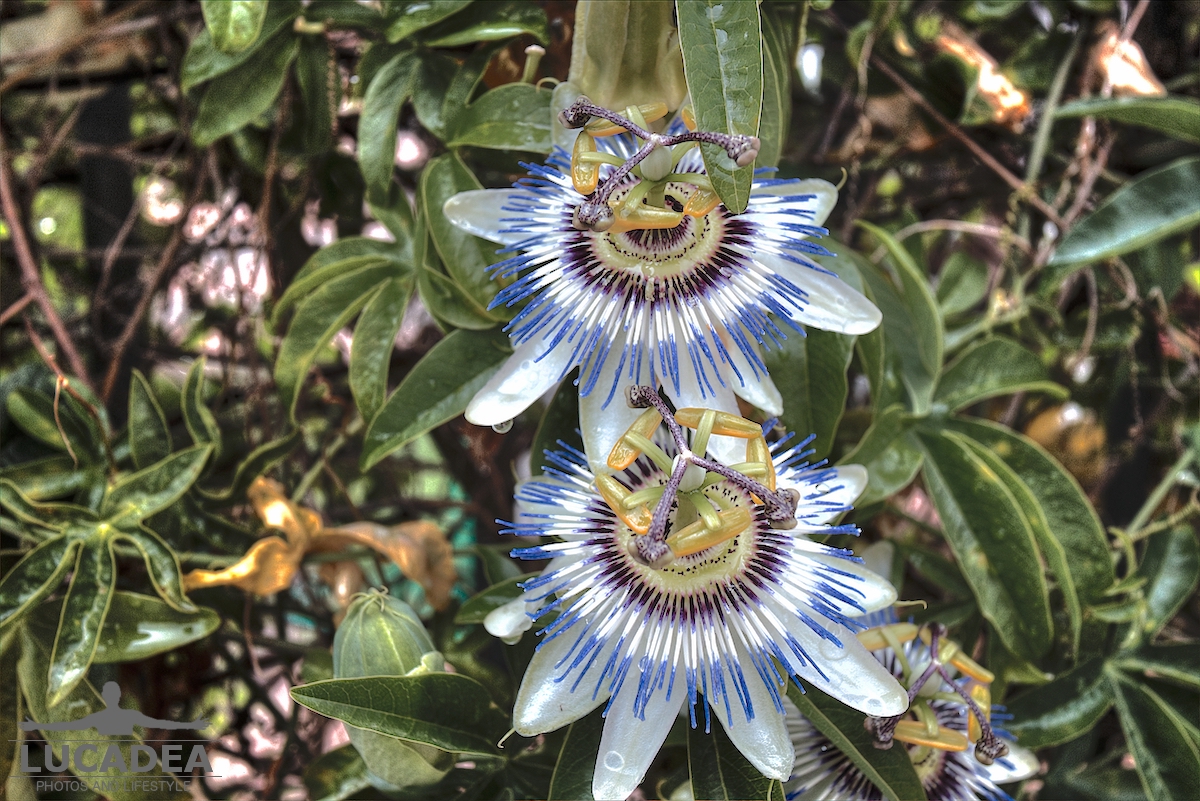Pianta carnivora.
Sono un genere di piante che credo affascinino un po’ tutti. Nell’immaginario collettivo sono veloci e micidiali. In realta’ spesso hanno un processo molto lento per catturare le vittime.
Questa pianta, che credo sia una venus acchiappamosche (Dionaea muscipula), l’ho fotografata nel Cloud Forest di Singapore.
Se hai domande oppure se vuoi farmi sapere la tua opinione su questo articolo lascia un commento cliccando here.
Photo taken with Canon EOS M100 and lens Tamron 16-300.
You can find all the photos taken at the Flower Dome and Cloud Forest here:

Le piante carnivore (dette talvolta piante insettivore) sono piante che intrappolano e consumano protozoi ed animali, specialmente insetti ed altri artropodi, al fine di ottenere i nutrienti essenziali per la loro crescita. Questa singolare caratteristica è il risultato di un adattamento a degli ambienti, come paludi, torbiere o rocce affioranti, in cui il suolo per la forte acidità, è povero o privo di nutrienti e in particolar modo d’azoto, che viene così integrato dalla pianta attraverso la digestione delle proteine animali. Il primo a scrivere un trattato sulle piante carnivore fu Charles Darwin nel 1875.
A carnivorous plant photographed in Singapore – Une plante carnivore photographiée à Singapour – Una planta carnívora fotografiada en Singapur. – Uma planta carnívora fotografada em Cingapura – Eine fleischfressende Pflanze, fotografiert in Singapur – Một cây ăn thịt được chụp ảnh ở Singapore – 在新加坡拍摄的食虫植物 – シンガポールで撮影された食虫植物















